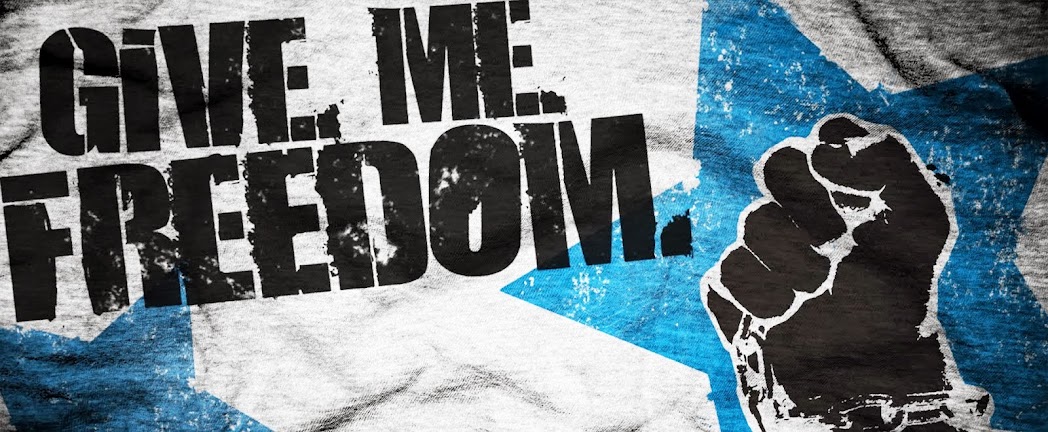By Thomas Erdbrink
Washington Post Foreign Service
Tuesday, June 9, 2009
Tuesday, June 9, 2009
TEHRAN, June 8 -- Supporters of both leading candidates in this week's
Iranian presidential election flocked to mass rallies here Monday, and
the gatherings underscored the differences between the tactics of the
two camps.
More than 100,000 backers of President Mahmoud Ahmadinejad gathered in
traditional fashion at a central mosque, arriving in buses organized by
members of the baseej, Iran's voluntary paramilitary force. The crowds were so dense that Ahmadinejad's vehicle was unable to reach the stage.
Wearing a headband in the colors of the Iranian flag, the symbol of Ahmadinejad's campaign, Leili Aghahi, 17, waved at the president. Ahmadinejad stood for a while on the roof of his sport-utility vehicle, immobilized by the adoring crowd, then left without giving a speech.
"Our supporters like to be close to the president," said Javad Shamaqdari, a presidential adviser on the arts who is also the director of Ahmadinejad's campaign movies. "The Grand Mosque is a good, central meeting place for us," he added.
Supporters of Ahmadinejad's main challenger, former prime minister Mir Hossein Mousavi, had to be more inventive to find a place for their rally. Over the weekend, a government organization refused permission for his campaign to use Tehran's 120,000-seat Azadi Stadium for a rally originally planned for Sunday. But in less than 24 hours, using text messages and Facebook postings, thousands of Mousavi backers gathered along Vali-e Asr Avenue, Tehran's 12-mile-long arterial road.
Many brought green ropes or strings, which they tied together to form a giant chain in Mousavi's signature color. Groups wearing green head scarves or green T-shirts arrived from schools and universities. "This way, down here," student organizer Mohsen Ghadiri, 19, called to about 40 students from the prestigious Elm-o-Sanat University, as they looked for empty spaces in the long line of people.
Shamaqdari, Ahmadinejad's adviser, called Mousavi's campaign tactics a
form of "psychological warfare" copied from the "color revolutions" that
swept away governments in Georgia and Ukraine.
"They place groups of 100 people wearing colors at several locations in Tehran. This disrupts traffic, making people think that something big is happening," he said. "These are all the methods of a velvet revolution, but this one is only meant to get them votes."
Reza Badamchi, manager of a pro-Mousavi Web site, disagreed. "If there are any similarities between our campaign and a velvet revolution, this is purely accidental. We don't want a revolution. We want Mousavi to win," he said.
Badamchi's site, called Sepidedam.com, broadcasts speeches by Mousavi, who has repeatedly complained that state television favors Ahmadinejad. "So we still get our message out through the Web. And the best part is, it's for free," Badamchi said, adding that "these are the most digital and virtual elections ever" in Iran.
Shamaqdari portrayed Mousavi's supporters as geeks who spend too much time at their computers.
"Even though it is bad for their mental health, Mousavi's supporters spend hours on the Internet," he said. "Our youths are more social. They like to hang out at baseej centers, on the streets or play sports. They like to meet in groups. Mousavi's supporters are more solitary."
Wearing a headband in the colors of the Iranian flag, the symbol of Ahmadinejad's campaign, Leili Aghahi, 17, waved at the president. Ahmadinejad stood for a while on the roof of his sport-utility vehicle, immobilized by the adoring crowd, then left without giving a speech.
"Our supporters like to be close to the president," said Javad Shamaqdari, a presidential adviser on the arts who is also the director of Ahmadinejad's campaign movies. "The Grand Mosque is a good, central meeting place for us," he added.
Supporters of Ahmadinejad's main challenger, former prime minister Mir Hossein Mousavi, had to be more inventive to find a place for their rally. Over the weekend, a government organization refused permission for his campaign to use Tehran's 120,000-seat Azadi Stadium for a rally originally planned for Sunday. But in less than 24 hours, using text messages and Facebook postings, thousands of Mousavi backers gathered along Vali-e Asr Avenue, Tehran's 12-mile-long arterial road.
Many brought green ropes or strings, which they tied together to form a giant chain in Mousavi's signature color. Groups wearing green head scarves or green T-shirts arrived from schools and universities. "This way, down here," student organizer Mohsen Ghadiri, 19, called to about 40 students from the prestigious Elm-o-Sanat University, as they looked for empty spaces in the long line of people.
"Thanks to Internet and text messages, we can rally big crowds in a very
short time," noted Ghadiri, who wore a green shirt emblazoned with
Mousavi's portrait.
"They place groups of 100 people wearing colors at several locations in Tehran. This disrupts traffic, making people think that something big is happening," he said. "These are all the methods of a velvet revolution, but this one is only meant to get them votes."
Reza Badamchi, manager of a pro-Mousavi Web site, disagreed. "If there are any similarities between our campaign and a velvet revolution, this is purely accidental. We don't want a revolution. We want Mousavi to win," he said.
Badamchi's site, called Sepidedam.com, broadcasts speeches by Mousavi, who has repeatedly complained that state television favors Ahmadinejad. "So we still get our message out through the Web. And the best part is, it's for free," Badamchi said, adding that "these are the most digital and virtual elections ever" in Iran.
Shamaqdari portrayed Mousavi's supporters as geeks who spend too much time at their computers.
"Even though it is bad for their mental health, Mousavi's supporters spend hours on the Internet," he said. "Our youths are more social. They like to hang out at baseej centers, on the streets or play sports. They like to meet in groups. Mousavi's supporters are more solitary."
